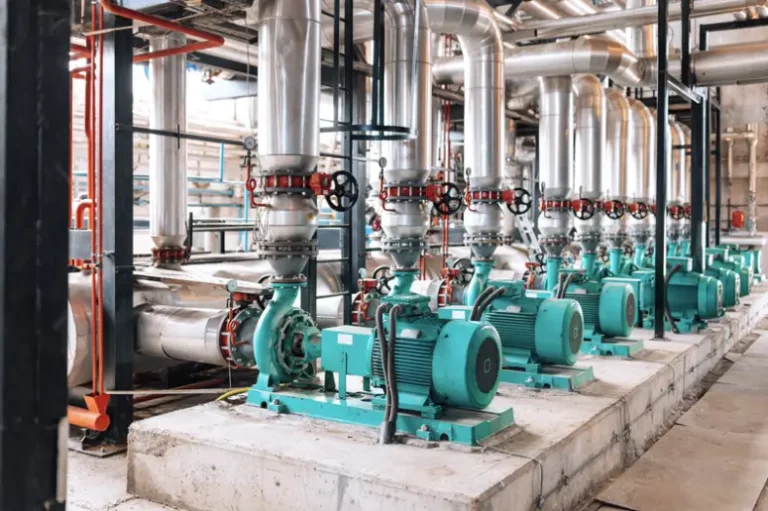“Energy efficiency is not just a low-hanging fruit; it is a fruit lying on the ground.”
Steven Chu
In the utility sector, energy efficiency is a critical metric that impacts operational costs, environmental sustainability, and regulatory compliance. Predictive maintenance AI is instrumental in enhancing energy efficiency by ensuring that equipment such as turbines, transformers, and HVAC systems operate optimally and with minimal energy waste. This article examines how predictive maintenance AI is applied in the utility sector to boost energy efficiency, supported by industry data and specific examples.
The Role of Predictive Maintenance in Enhancing Energy Efficiency
The utility sector often deals with outdated infrastructures where even minor inefficiencies can lead to significant energy losses over time. By applying predictive maintenance AI, utilities can preemptively identify and address these inefficiencies, reducing energy consumption and enhancing overall system reliability.

Industry Insights:
- A report by the International Energy Agency (IEA) states that improving energy efficiency could reduce global energy use by over 10% by 2030, equivalent to the current energy consumption of China.
- Research by the Electric Power Research Institute (EPRI) indicates that predictive maintenance can help power plants reduce their maintenance costs by up to 30%, and increase their operational efficiency by reducing unplanned downtime.
Real-World Application:
- A notable example is a leading power utility in Europe that implemented predictive maintenance AI across its wind farms. The AI system analyzes data from wind turbine sensors to predict maintenance needs, optimizing turbine performance and significantly reducing energy waste due to suboptimal operation.
How Predictive Maintenance AI Promotes Energy Efficiency
Optimal Equipment Operation: Predictive maintenance AI continuously monitors the operational parameters of utility equipment, ensuring that each component functions within its most efficient operational range. This optimization significantly reduces energy consumption, especially in energy-intensive devices like pumps and HVAC systems.
Prevention of Unplanned Downtime: By predicting potential equipment failures, predictive maintenance AI helps utilities avoid unexpected breakdowns that can lead to inefficient emergency power generation and use. Keeping systems running smoothly without interruption promotes consistent energy efficiency.
Lifecycle Extension of Assets: Predictive maintenance AI extends the useful life of utility assets by ensuring they are maintained before failures occur. Prolonging asset life not only saves on replacement and repair costs but also enhances the overall energy efficiency of the utility infrastructure.
Challenges and Solutions in Implementing Predictive Maintenance AI

Integration with Legacy Systems: Many utility companies operate with older systems that were not designed for integration with AI technologies. Upgrading these systems to support AI functionalities is essential but requires strategic planning and investment.
Data Quality and Analytics: The effectiveness of predictive maintenance AI heavily relies on the quality of the data collected and the sophistication of the analytics applied. Utilities must invest in high-quality sensors and data analytics platforms to gather and analyze accurate operational data.
Training and Cultural Adaptation: Implementing AI in traditional industries such as utilities often encounters cultural resistance. Providing adequate training and demonstrating the clear benefits of AI in enhancing energy efficiency are crucial for gaining staff acceptance and fostering a culture of innovation.
PeakMet’s Role in Utility Sector Efficiency
Advanced Predictive Maintenance Solutions: PeakMet offers advanced predictive maintenance solutions tailored for the utility sector, focusing on enhancing energy efficiency and operational reliability. These solutions are designed to integrate seamlessly with both modern and legacy systems.

Customized Energy Efficiency Analytics: PeakMet provides customized analytics that specifically focuses on energy efficiency improvements. These tools help utilities monitor their energy usage patterns and identify potential areas for efficiency enhancements.
Ongoing Support and Optimization: Understanding the dynamic nature of the utility sector, PeakMet commits to providing ongoing support and optimization for its AI solutions, ensuring they evolve with the industry’s changing needs and continue to provide value.
In conclusion, predictive maintenance AI is transforming the utility sector by enhancing energy efficiency and reducing operational costs. By ensuring that equipment operates optimally, predicting failures before they occur, and extending the lifespan of assets, AI technologies are helping utility companies meet their efficiency goals, reduce environmental impact, and comply with regulatory standards. With the support of technologies like those from PeakMet, the utility sector is better equipped to navigate the challenges of modern energy demands and sustainability objectives.


